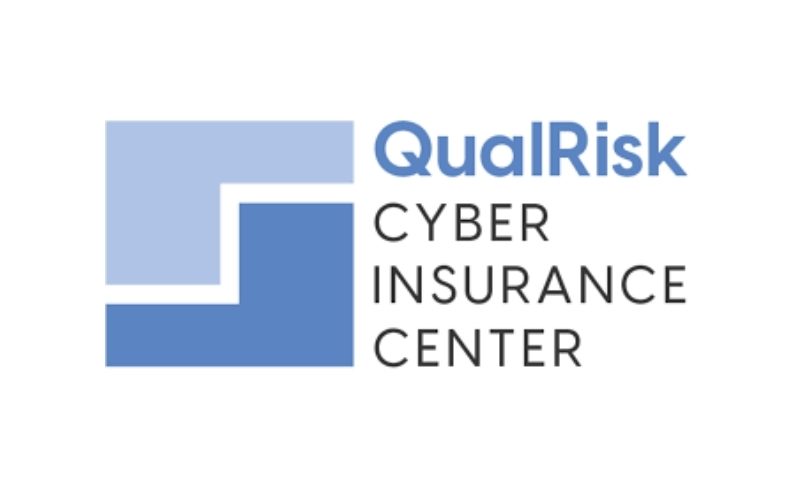According to the 2025 US Cyber Insurance Monitor (UCIM) from the advisory firm QualRisk Cyber Insurance Center (QCC), the US cyber insurance market experienced its first reduction in reported premiums since the NAIC began collecting data in 2018.
 Admitted direct written premiums dropped 2.3% to $7.1 billion in 2024, signalling a turning point for the sector.
Admitted direct written premiums dropped 2.3% to $7.1 billion in 2024, signalling a turning point for the sector.
The QCC interprets this decline as a reflection of shifting market dynamics. Market concentration remains high, according to QCC’s analysis.
In 2024, the top 30 carrier groups accounted for over 90% of admitted direct written premiums, and the five largest carriers controlled more than 30% of the market.
Leading insurers, including Chubb, Travelers, and Fairfax, each held more than 5% market share, with Chubb in the lead at 8%.
While traditional multiline insurers dominate the market, QCC notes that cyber-focused managing general agents (MGAs) such as Coalition, Resilience, and At-Bay are steadily increasing their presence. However, much of the premium for these MGAs is underwritten by other carriers and therefore is not fully reflected in NAIC data.
The QCC report also underscores the overall size and composition of the market. While admitted premiums total $7.1 billion, QCC’s Global Market Report (GMR) estimates that including alien insurers outside NAIC reporting brings the total closer to $10.5 billion. Some of these figures encompass lines beyond pure cyber insurance, including Technology Errors & Omissions coverage.
Profitability remains robust for the largest carriers. The five leading insurers posted a collective loss ratio of 41.8% in 2024, according to QCC.
Premium allocation varies by product line: The Hartford leads in endorsements with a 26% share, Chubb dominates primary coverage, and Starr holds a strong position in surplus lines.
QCC notes that some carriers, such as Arch, spread their business across multiple segments, while others—including At-Bay, Fairfax, and The Hartford—focus on specific areas of specialisation.
By documenting the first decline in reported premiums in six years, the QCC UCIM highlights the evolving dynamics of the U.S. cyber insurance market.
The report emphasises the balance insurers are striking between growth, underwriting discipline, and profitability as they respond to increasingly complex cyber risks and a competitive marketplace.
“The first-ever decline in top-line NAIC-reported premium is a clear indicator that the U.S. cyber insurance market has reached an inflection point,” added Daniel Kasper, CEO of QCC.
“This shift reflects both slower growth in the underlying policyholder base and underwriting discipline, as carriers balance growth with profitability and respond to changing risk conditions in a still soft pricing environment.”
The post US cyber insurance market sees first decline in premiums since 2018, QualRisk reports appeared first on ReinsuranceNe.ws.


